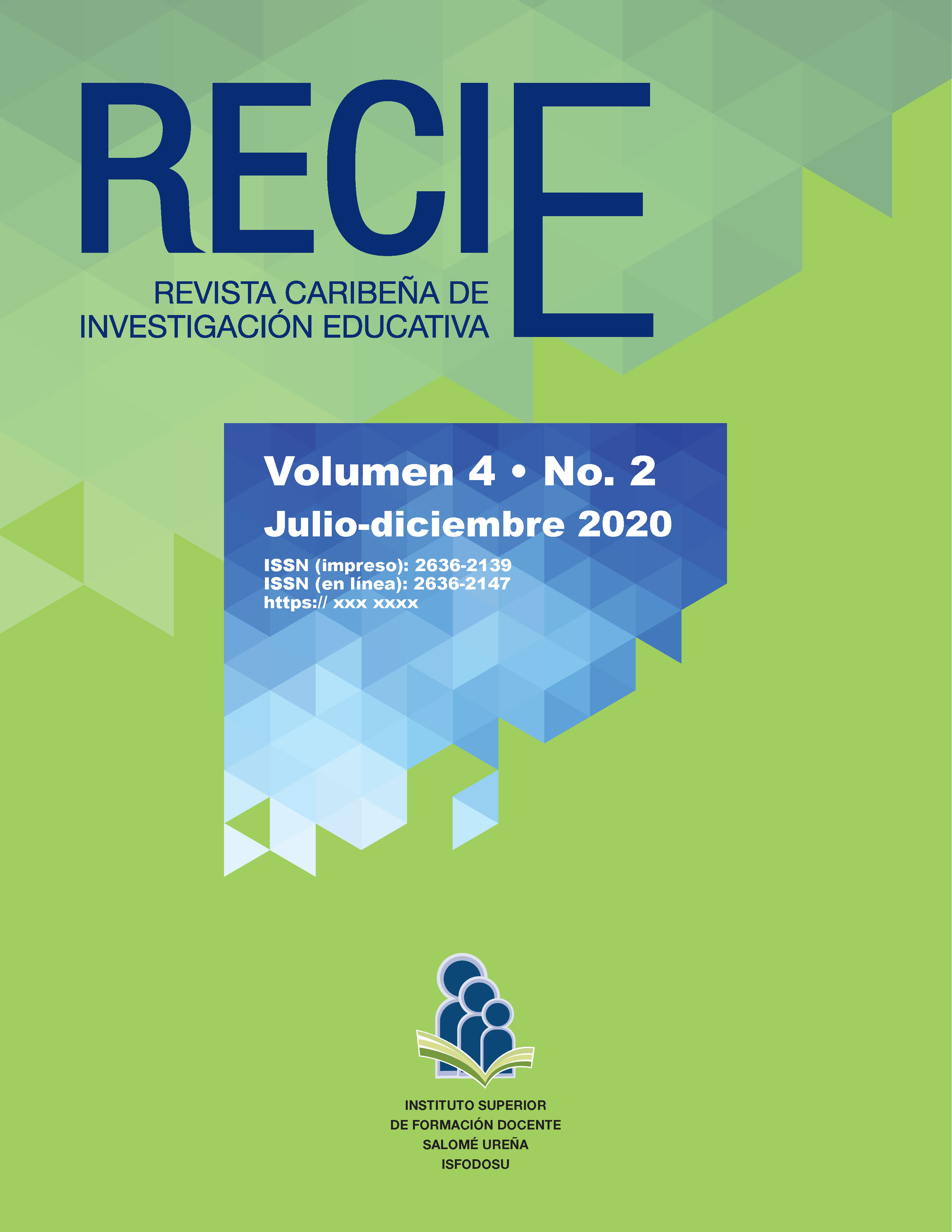Counseling Interventions for Strengths Building in Children and Adolescents
Authors
Irma Arguedas-Negrini
Universidad de Costa Rica
[email protected] https://orcid.org/0000-0002-9085-0185Detalles
Published
Abstract
Strengths building is essential for boys’ and girls’ present and future development. Studies carried out in different Latin American countries agree that with this perspective, so that obstacles to development, especially of populations affected by conditions of inequality, are prevented. This paper discusses ways in which Guidance professionals can counteract the difficulties that the student population often faces, especially those who are at risk. It is based on a preventive perspective, which emphasizes the desirability of addressing difficulties from early stages. The purpose is to emphasize the importance of Guidance interventions, in the promotion of student development, as well as in their protection from the adverse effects of adversity. A review of the theory about human strengths and resilience was carried out, which underpins the relevance of the promotion of counselees’ potentialities. The conditions for resilience and development, as well as ways in which they interact, are presented. Additionally, specific information about three of the difficulties that elementary and secondary school students more frequently face: academic difficulties, behavioral problems, and family situations, are discussed. The available knowledge must be connected with the multiplicity of actions that are implemented from the educational institutions for the benefit of their students.
Keywords
How to Cite
Downloads
Metrics
References
Acevedo, V. E., & H. Mondragón, H. (2005). Resiliencia y escuela. Pensamiento Psicológico, 1(5), 21-35. https://r.issu.edu.do/l?l=165DRe
Arguedas-Negrini, I. (2019). Autorrealización en personas adultas jóvenes: fuentes y estrategias para su construcción. Revista de Educación y Desarrollo, (51), 9-18. https://r.issu.edu.do/l?l=89viJ
Bandura, A. (1999). Auto-eficacia: cómo afrontamos los cambios de la sociedad actual. Bilbao: Desclée de Brouwer.
Benard, B., & Marshall, K. (1997). A Framework for Practice: Tapping Innate Resilience. University of Minnesota: The Center for Applied Research and Educational Improvement.
Bertella, M. A., Grebe, M. P., Dalbosco, M. S., & Alba-Ferrara, L. (2018). Funciones ejecutivas, pobreza y estimulación cognitiva: un andamiaje para futuras intervenciones. Avances En Psicología, 26(1), 33-40. https://doi.org/10.33539/avpsicol.2018.v26n2.1125
Duarte, M. E., & Cardoso, P. (2014). The life design paradigm: from practice to theory. En L. Nota & J. Rossier (Eds.), Handbook of Life Design: From Practice to Theory and from Theory to practice (pp. 41-57), Gotinga, Alemania: Hogrefe. https://r.issu.edu.do/l?l=166C7c
Elliott, K. W., & Elliott, J. K. (2011). Childhood observers of domestic violence. Alexandria, EEUU: American School Counselor Association. http://r.issu. edu.do/l?l=167l3a
García-Vesga, M. C., & Domínguez, E. (2013). Desarrollo teórico de la resiliencia y su aplicación en situaciones adversas: Una revisión analítica. Revista Latinoamericana de Ciencias Sociales, Niñez y Juventud, 11(1), 63-77. https://r.issu.edu.do/l?l=168XVx
González-Arratia, N. I., Valdez, J. L., Oudhof, H., & González, S. (2009). Resiliencia y salud en niños y adolescentes. Ciencia Ergo Sum, 16(3), 247-253. https://r.issu.edu.do/l?l=164zE1
Grotberg, E. (2006). ¿Qué entendemos por resiliencia? ¿Cómo promoverla? ¿Cómo utilizarla? En E. Grotberg (Ed.), La resiliencia en el mundo de hoy. Cómo superar las adversidades (pp. 17-57). Barcelona: Gedisa, S. A.
Henderson, N., & Milstein, M. (2003). Resiliencia en la escuela. Buenos Aires: Paidós.
Marshak, L. E., Dandeneau, C. J., Prezant, F. P., & L’Amoreaux, N. A. (2010). The School Counselor’s Guide to Helping Students with Disabilities. San Francisco, California: Jossey-Bass Teacher.
Masten, A. (2011). Resilience in children threatened by extreme adversity: Frameworks for research, practice, and translational synergy. Development and Psychopathology, 2(23), 493–506. https://www.doi.org/10.1017/S0954579411000198.
Masten, A. (2014). Ordinary Magic. Resilience in Development. New York: The Guilford Press.
Masten, A. Herbers, J. E., Cutuli, J. J., & Lafavor, T. L. (2008). Promoting competence and resilience in the school context. Professional School Counseling, 12(2), pp. 76-84. https://www.doi.org/10.1177/2156759X0801200213
Milsom, A., & Glanville, J. (2010). Factors mediating the relationship between social skills and grades in a sample of students diagnosed with learning disabilities or emotional disturbance. Remedial and Special Education, 31(4), 241-251. https://www.doi.org/10.1177/0741932508327460
Ministerio de Educación Pública. (2017). Educar para una Nueva Ciudadanía. Programas de Estudio de Orientación Primero, Segundo y Tercer Ciclos de la Educación General Básica y Educación Diversificada. San José, Costa Rica. https://r.issu.edu.do/l?l=169K2G
Monge, M. (2016). Aprendizaje, cognición y neurociencia. San José, Costa Rica: EUNED.
Murillo, J., Martínez, C., & Hernández, R. (2011). Decálogo para una Enseñanza Eficaz. REICE. Revista Iberoamericana sobre Calidad, Eficacia y Cambio en Educación, 9(1), 6-27. http://hdl.handle.net/123456789/1537
Ramos-Galarza, C., Jadán-Guerrero, J. Paredes-Núñez, L., Bolaños-Pasquel, M., Santillán-Marroquín, W., & Pérez-Salas, C. (2017). Funciones ejecutivas y conducta de estudiantes secundarios ecuatorianos. Revista Mexicana de Neurociencia, 18(6), 32-40. https://r.issu.edu.do/l?l=170fAb
Romero, M., Benavides, A., Quesada, A. B., & Álvarez, G. (2016). Problemas de conducta y funciones ejecutivas en niños y niñas de 5 años. International Journal of Developmental and Educational Psychology, 1(1), 57-66. https://www.doi.org/10.17060/ijodaep.2016.n1.v1.214
Rutter, M. (1993). La “Resiliencia”: Consideraciones conceptuales. Journal of Adolescent Health, 14(8), 690-696. https://www.doi.org/10.1016/1054-139X(93)90196-V
Scheel, M. J., Davis, C. K., & Henderson, J. D. (2013). Therapist Use of Client Strengths: A Qualitative Study of Positive Processes. The Counseling Psychologist, 41(3), 392-427. https://www.doi.org/10.1177/0011000012439427
Search Institute. (2006). 40 Elementos fundamentales del desarrollo. https://r.issu.edu.do/l?l=171u4W
Shapiro, V. B., & Lebuffe, P. A. (2006). Using Protective Factors in Practice. Lessons Learned about Resilience from a Study of Children Aged Five to Thirteen. Annals of the New York Academy of Sciencies, 1094(1), 350-353. https://r.issu.edu.do/l?l=172bJR
Smith, E. J. (2006). The Strength-based counseling model. The Counseling Psychologist, 34(1), 13-79. https://www.doi.org/10.1177/0011000005277018
Wright, B. A., & López, S. J. (2002). Widening the diagnostic focus: A case for including human strengths and environmental resources. En C. R. Snyder & S. J. López (Eds.), Oxford Handbook of positive psychology (pp. 26-44). New York: Oxford University Press. https://www.doi.org/10.1093/oxfordhb/9780195187243.013.0008
Yates, T. M., Egeland, B., & Sroufe, A. (2008). Rethinking resilience: A developmental process perspective. En S. S. Luthar (Ed.), Resilience and Vulnerability: Adaptation in the Context of Childhood Adversities (pp. 243-266). New York: Cambridge University Press.
Zimmerman, M. A., Stoddard, S. A., Eisman, A. B., Caldwell, C. H., Aiyer, S. M., & Miller, A. (2013). Adolescent resilience: Promotive factors that inform prevention. Child Development Perspectives, 7(4), 215-220. https://www.doi.org/10.1111/cdep.12042
